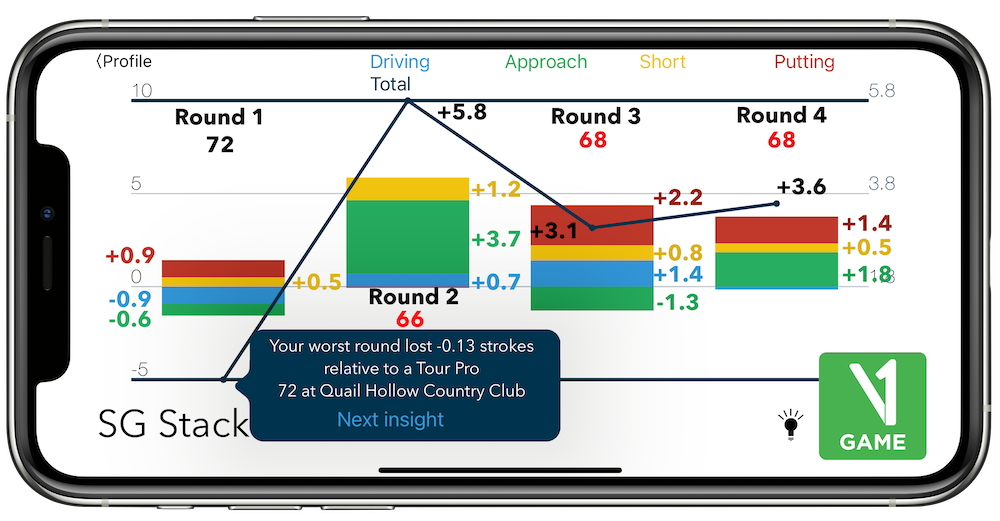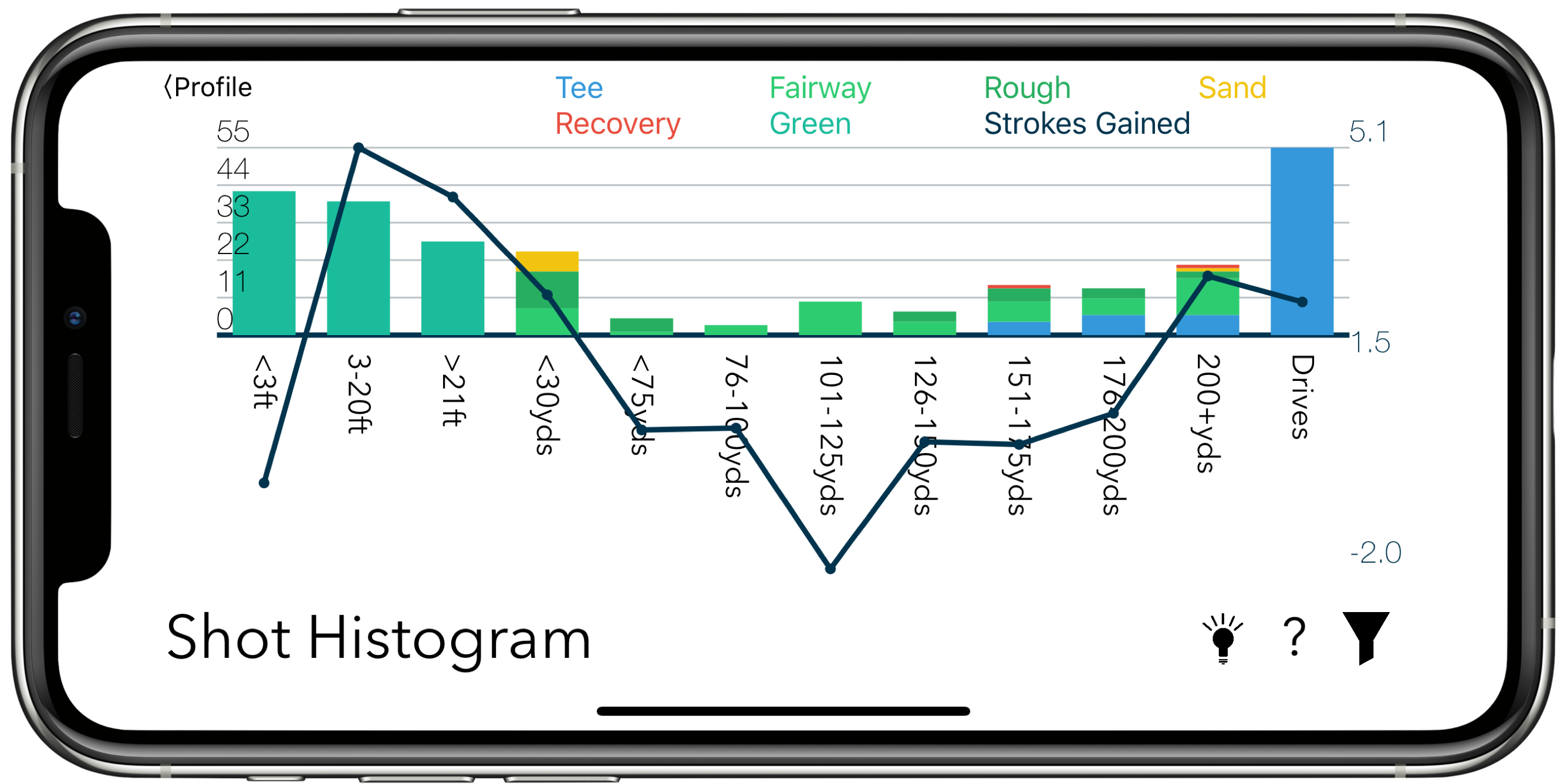Digging Into the Details
In a stacked leaderboard of some of the game’s longest hitters with names like Koepka, Finau, DeChambeau, and even Wolff, making deep runs, it was 23-year-old Collin Morikawa who emerged victorious on Sunday at the PGA Championship. How did the young man who ranks 110th in driving distance this season outplay the “strongest field in golf?”

Well, if you aren’t going to be the longest, you better be straight. Morikawa was exactly that, leading the field in Fairways Hit. Typically, fairways are an overrated statistic as missing them week-to-week isn’t as penal as it was last week at TPC Harding Park. With firm, fast greens, controlling spin and keeping the ball in play became a premium in order to get near the tucked pins and have birdie chances. Morikawa took advantage of the fairways he found by also leading the field in Proximity to the Hole. But why stop there? In just a few weeks, Morikawa has turned what was a weakness in his putter into a strength, leading the PGA Championship field in Strokes Gained Putting.

The biggest area for improvement for Morikawa was his putting. The flatstick cost him a chance to close earlier this year at the Charles Schwab Challenge, when he missed a short putt in a playoff with Daniel Berger. This week, the California kid felt at home on the Bentgrass/Poa Annua greens and putted beautifully. Looking at his Strokes Gained by Category for the week, he gained more than eight strokes with his putter, relying less on his stellar iron play than he has in the past and capitalizing on big opportunities.
In case that wasn’t clear, Morikawa led the field in Fairways, Proximity to the Hole, AND Strokes Gained Putting. Quite the recipe for success! However, despite all that, it took some miraculous shots down the stretch to separate from a talented pack of the game’s best and earn his first major victory (in only his second try). Two shots stood out above the others on Morikawa’s back-nine charge. A chip-in from just under 20 yards on the 14th, and of course the drive on the 16th that set up an eagle and a two-shot lead. The drive on 16 will get all the attention as it was later in the round and ridiculously good, however to determine which shot was better, we can turn to Strokes Gained. Using the ‘Review’ round function in Roundabout gives a shot-by-shot account of the round, including Strokes Gained. The chip in on 14 gained approximately 1.32 strokes on the field, while the drive on 16 gained 1.27 strokes. Both shots were fantastic, however the drive wouldn’t have been as phenomenal had he not been able to sink the seven-foot eagle putt. Morikawa did exactly that, giving himself a two-stroke lead and a cushion going into the final two holes.

Additionally, on the last day, he really separated himself with Strokes Gained Driving. In this case, not because he was particularly long, but because he was extremely accurate on a difficult golf course. He hit almost 86 percent of the fairways on Sunday. Keeping his ball out of the rough on the last day allowed him to be more aggressive than defensive. Look no further than Brooks Koepka to see how missing the fairways could tank a Sunday charge as Brooks stumbled to a four-over 74 while hitting only 50 percent of the fairways.

So is there anything that Morikawa did poorly? While it is difficult to point to any large area where Morikawa did not outperform the field, the new Shot Histogram in Roundabout allows us to look at his Strokes Gained across all types of shots. The Shot Histogram shows how many shots he had for different areas of his game, from Putts on the left, to Approach Shots in the middle, and Drives on the far right. The navy line shows his Cumulative Strokes Gained for each bucket. Amazingly, Morikawa only lost strokes to the field in the Putts Less Than 3 Feet and Approach Shots Between 101-125 Yards categories. He gained strokes on the field in every other category! That is certainly impressive from such a young player.

One thing that we can’t yet quantify is Strokes Gained Mental, however, we know Morikawa excels in this area. He executed his game plan throughout the week, failed to show any semblance of nerves, and won with class. On a day when seven players held a share of the lead at one point, Morikawa was unflappable.
The biggest takeaway this week is the power of playing to your strengths and working on weaknesses. Morikawa does not try to be something he is not and, instead, relies on ball striking and course management to get it done.
In just a few short weeks, Morikawa was also able to turn putting from a weakness to a strength and dominate the field.

